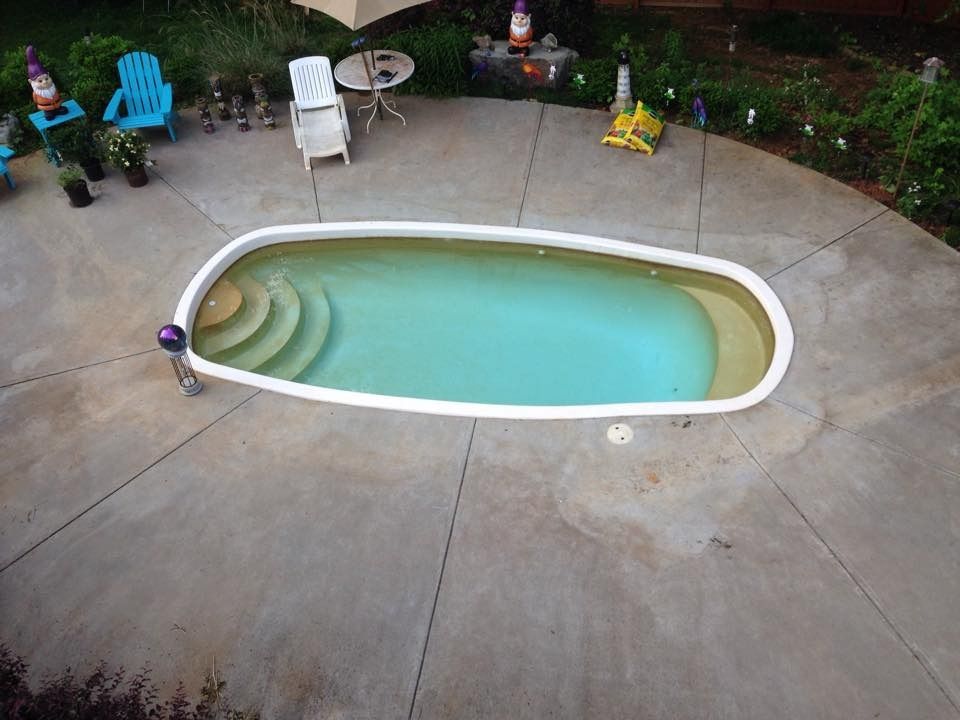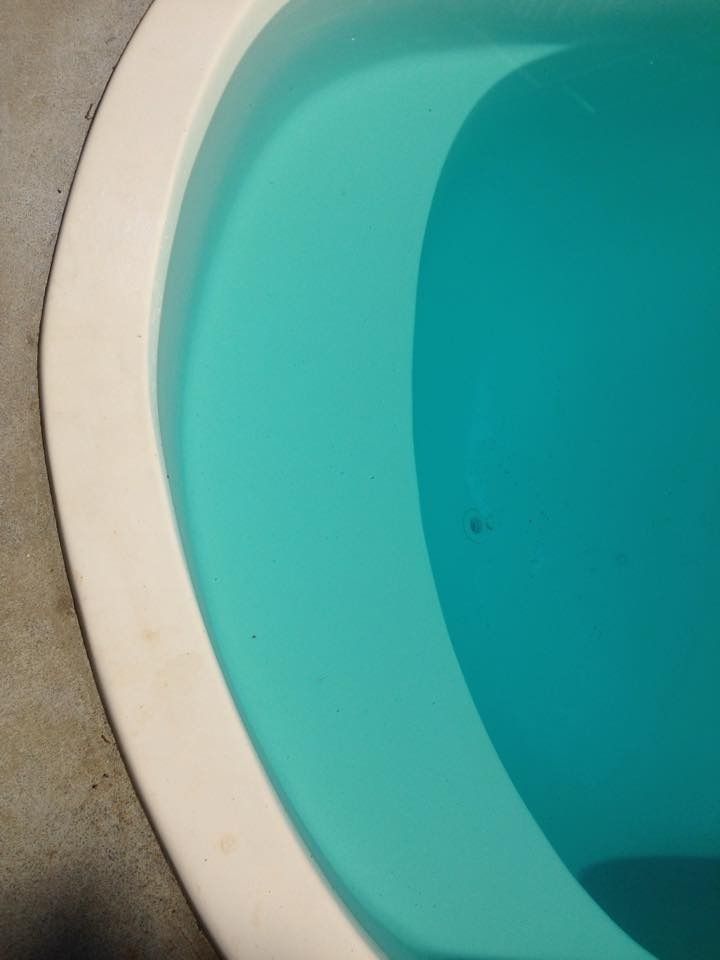Good morning, Draco. After re-reading your thread and considering the time you've already lost, I think your plan to go forward with Jack's, followed by an end-of-season treatment before close makes the most sense if you're able to manage that way. I do wonder if the .3 ppm iron you read prior to treatment was your municipal water OR whether the salt you sed for swg startup was maybe less-pure...if you get a chance to test your tap water, that might be good to know.
Before you close, you might be a candidate for a true floc treatment, eg alum, as a removal experiment for the iron and any excess po4 from all your treatments. I'm considering this kind of annual strategy for sequestrant/metal/po4 management going forward, and will be looking into best methods to achieve in a month or so, so will post back.
In the mean time, cheers to clear.
Hi Swampwoman,
I bought 3 more CuLator bags and am going to use one per month and continue to using the Jack's. So far it's been a week and I just added my weekly dosage and the water is clear and blue and no staining.
I am hoping the CuLator can over time, coupled with the Metal Trap for new water, will reduce the metals and get me near zero.
My wife wasn't too happy with the drain and refill and the Pool Refresh treatment, and although the CuLator bags are expensive, they are non-intrusive and don't cause me to lose any time with the pool nor mess up the chemistry.
Would the alum floc remove metals as well as the phosphates I am adding over the season from the Jack's Purple?
Regarding the water test. I tested the muni water and my pool water and they both came back with roughly .3 PPM.



